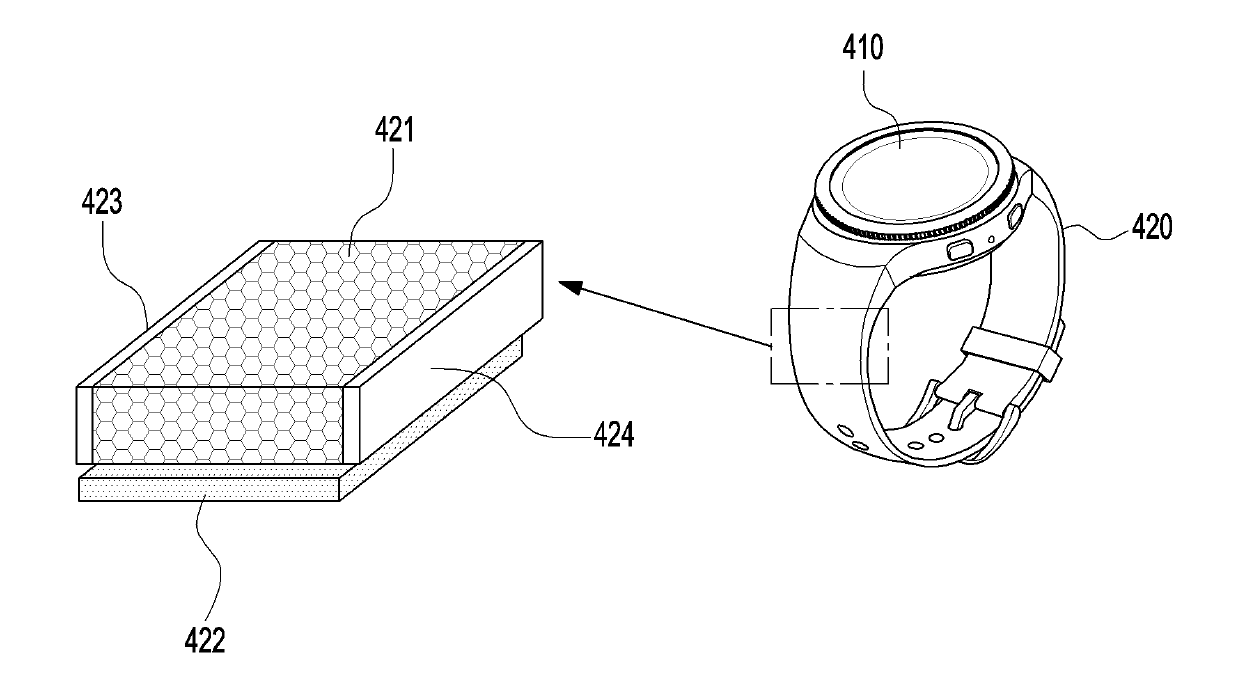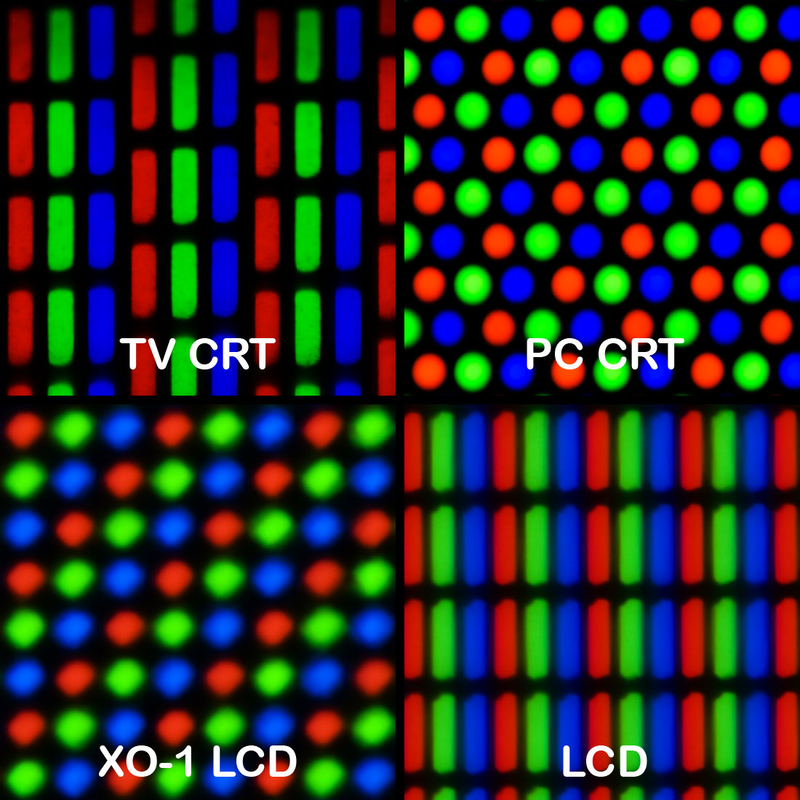QD/OLED Controversy
Given that there has been no lack of comments about the problem from social media, the issue is certainly subjective, as some find it noticeable enough to be considered a flaw, while others barely notice the issue. Samsung Display tacitly acknowledged the problem by responding to questions about the sub-pixel configuration as follows, and while some of the response is typical corporate jargon, we expect the speculation to continue until a more definitive review of the issue can be made by less subjective sources, such as Displaymate, who we consider to be the definitive source for display comparison and measurement.
"It is not a typical RGB stripe pixel – but our proprietary structure optimized to enhance the core user experience of color and HDR. We selected this new pixel structure in order to optimize optical characteristics of QD-Display like brightness, color gamut and durability. Each pixel of QD-Display has an individual Red, Green and Blue – 3 primary sub pixels. Unlike Pentile sub-pixel structure that share the adjacent sub-pixel and compromise on detail and accuracy, QD-Display has 3 (R,G,B) x (3440*1440) sub-pixels. So, QD display does not compromise on the detail and accuracy. The artifact pointed out also can be seen on conventional LCD and OLED displays using RGB stripe. Similar phenomenon is observed on the sides (Left and Right) side when displaying bright high contrast edge on conventional display products. Displays with better contrast modulation performance and wider color gamut and greater contrast ratio will accentuate this artifact. Because QD-Display has the widest color gamut, superior contrast ratio and new sub pixel structure, this artifact could be visible."
All in, as with any new display technology, there will be issues and subsequent refinements that will help to give consumers the confidence needed to mainstream the product. In recent CE history, problems with the first foldable smartphones were addressed and rectified by the 2nd generation and the issues mentioned above would more likely be addressed with software, usually an easier fix than hardware. We have relatively low expectations for QD/OLED this year and expect that Samsung Display has been working to reduce this and other issues that might have seen during qualification trials, so we expect that a fix for this ‘fringe’ issue will be built into the production process for any QD/OLED displays that SDC will be producing later this year, and we note that this issue aside, the reviews concerning the QD/OLED display’s other characteristics have been extremely positive.


 RSS Feed
RSS Feed